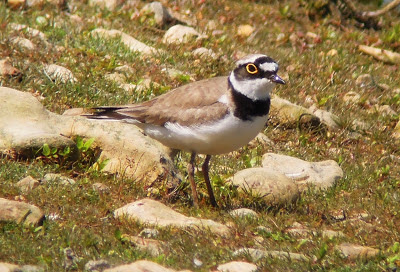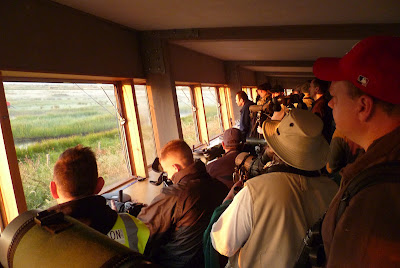I saw my first Bittern in Nightingale Wood in
1972. The London Bird Report has it as: Cheshunt
GP, one on Mar 4th (GJW).
Hmm, rather brief for what I seem to remember was a good find at the
time. However, over the years this has
become a regular haunt for wintering bitterns. So why do Bitterns return to this spot year
after year?
Nightingale Wood is a wonderfully scruffy few
acres of wet self–set woodland on the edge of a badly restored gravel pit. It’s landform is varied to say the least:
hollows, holes, slopes, cliffs, pools and piles of reject gravels. Initially colonised by Hawthorn and willow
scrub but now succeeding to Ash and Alder, with masses of dead wood. The modern
mineral planning officer would never allow it.
They would smooth everything out, cover in top soil and insist on
regimented rows of planted trees, and in doing so would eliminate any decent
habitat.
Nightingale
Wood?
I hear you say. Well yes, once upon a
time in the scrubby days, 2 or 3 pairs were to be found. I found my first Nightingale nest in this
wood and watched the youngsters fledge.
Many a Willow Tit nest was also noted. Over the years the wood has provided regular Woodcock,
Water Rails, Siskins and Redpolls , but also 3 Golden Orioles, 2 Firecrests, 2
Wood Warblers, Pied Flycatcher, Great Grey Shrike, Bearded Tits and a roost of
9,000 Fieldfares one night. The edge of
the wood grades into the water-filled pit through tumble-down wet woodland and
marshy spits to a reedbed fringe of about an acre.
This is where the Bitterns come in. So why do
Bitterns return to this spot? The varied topography of the wood continues out under
the water with deeper pools interspersed with reedy shallows. Research papers will tell you that Rudd and
Eels are the preferred prey of breeding birds in the UK, but Perch and Pike aplenty
tuck into these watery hollows in the reedbed during the winter and form the
main prey for Lee Valley Bitterns in the lean months. Good feeding at this time
of year is crucial for getting the birds through the winter and into good
condition for breeding.
I returned to Nightingale Wood yesterday for an
hour or so at dusk and a couple of Bitterns were on show. There are currently 7 or 8 Bitterns wintering
in the Lee Valley, with 5 in the Cheshunt pits complex. The reedbed now has excellent viewing rides
cut into it by the Lee Valley Park Authority.
One Bittern duly appeared on the edge of a reedy ride no more than a
dozen paces from my original sighting in ‘72. It caught a nice stripey Jack Pike and soon
dispatched it. At dusk both birds moved
with just a brief few wing-beats from the feeding spots to the safe roosting
areas on the edge of the reedbed. That’s why they come back here.



































.JPG)

















